Pathfinder 2nd Edition is my favorite RPG of 2019
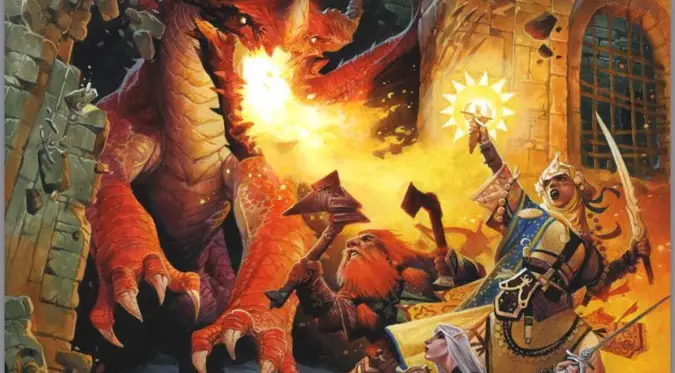
I’m old, and I’ve been at this hobby for a while. And sometimes, that means I’m overburdened with old ideas and old expectations for what an RPG is and what it should do. In a very real way, experience can be a hindrance, if you let yourself calcify and refuse to try new things, and when it comes to running an RPG or playing in one, this is doubly true. But at the same time, there’s a reason some ideas have held on as long as they have. Things like levels and hit points and rolling a 20-sided die have stuck around because they work and innovation purely for the sake of innovation isn’t always useful.
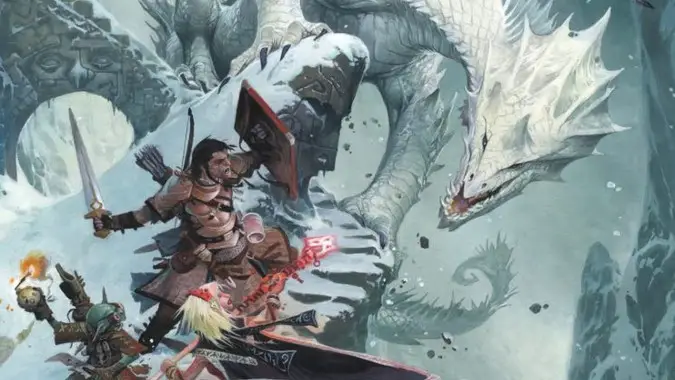
This is its own game
This is to say, Pathfinder 2nd Edition does an amazing job of managing to be innovative without throwing out stuff that just plain works, and its approach to feats and customization is one of the most exciting I’ve seen in a very long time. It takes the original Pathfinder — which in and of itself was a revamp of the 3.5 revision of the d20 system, aka Dungeons and Dragons 3e — and makes something new and interesting from it. It retains what worked in Pathfinder and uses it as a starting point to go further in so many ways I’m not sure how to talk about it all.
But I’ll start with this — one of the debates and arguments I’ve seen online about P2 is the interminable and inevitable comparison to Dungeons and Dragons 5e. Interminable because there’s really no good to come from them, and inevitable because both systems are separate evolutionary tracks coming from that original D&D 3e root. So, since everyone is going to want me to compare the two systems, I will.
They’re both good systems, and they have different focuses and are aiming for a different experience. 5e is about ease of use, and it achieves it with a few really bold and easy-to-pick-up options, whereas P2 is about customization and options. If you want a game where you can pick up and play fairly easily, 5e is probably your safest bet. Pathfinder 2e will allow you to make your character more yours, instead of being pretty similar to every other character of your class. This is not me saying that P2 is hard to pick up, or that 5e has no customization options. Merely that each has its strengths, and they’re fairly different games despite using the same basic stats and dice.
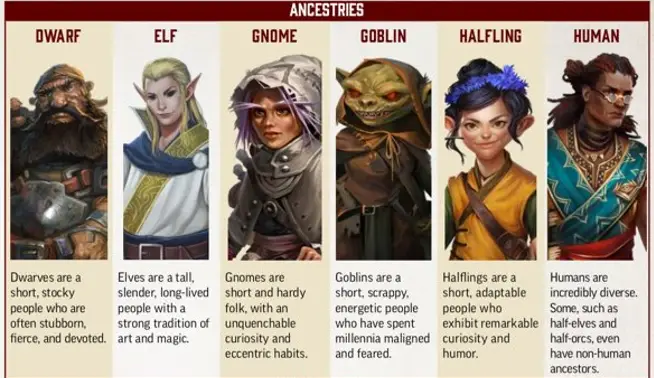
Ancestry makes your origins your own choice
Now that we’ve gotten that out of the way, it’s time to talk about what Pathfinder 2nd Edition does right and why I’m so enamored of the game. First up, Ancestry.
The way fantasy RPGs handle race is freaking weird — it always has been. It’s a holdover from Tolkien, an inescapable result of the man’s Faulknerian influence over fantasy fiction and how he is, for better or for worse, the mountain that looms above all of it. There are other influences, of course — C.L. Moore, Robert E. Howard, Fritz Leiber, and Michael Moorcock to name a few — but we all know who invented Halflings. And Pathfinder 2e has come up with an interesting way to preserve the basic idea of “I want to play an Elf” without ladling in so much of the old fantasy racism with Ancestries.
Your Ancestry is, simply put, the people you come from. It’s not a fundamental difference between this game and others like it, but not seeing the word race thrown around all the time and seeing things like Half-Elf and Half-Orc not as separate races but as just variations in a Human’s lineage interests me greatly. Also, there are playable Goblins now, and I’m hoping we’ll get playable Orcs and Hobgoblins and Bugbears soon. It’s time to get rid of the idea that “X race is inherently evil” and let players and GMs do what they like, and Ancestry seems like a great step in that direction. The way Ancestry Feats tie into the new Feat system means that no two Elves need to feel too similar — you can customize the ways in which being an Elf or a Dwarf affects your character and their options.
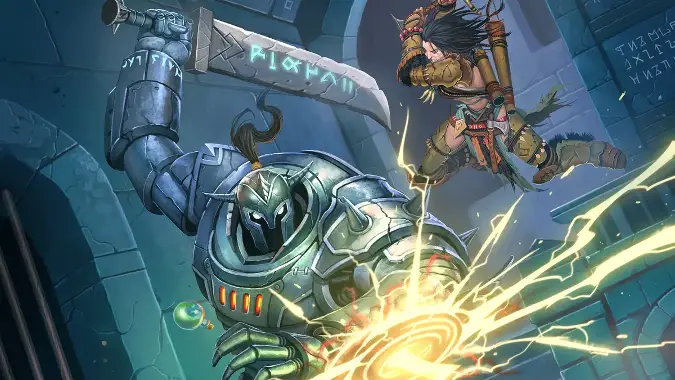
The Feats of a hero
That’s a decent segue, so let’s talk about Feats. If you weren’t a fan of Feats in 3e/3.5e, then you are probably not going to like Pathfinder 2nd Edition. Why? Because this edition of the game has taken the Feat system it inherited and has run with it, and it really has opened up design flexibility and character customization in a way that is, to my eyes, fun and flexible. The Archetype system and Archetype feats allow you to use the Feat system to essentially borrow class abilities from other classes or change up your starting class to better reflect a specific idea you have about how you want your Rogue to play. It’s very different from the way multi-classing used to work, but to my eyes it’s a lot more elegant and it means that you don’t suddenly go through a radical metamorphosis when you gain a level. “I am a Wizard, but this level I’m going to take a level in Fighter” doesn’t happen. Instead, your Wizard takes the Fighter Dedication feat, and now they’re still a Wizard… just one who can pull out a sword and knows which end of it goes where.
In general, Feats in this game are the meat of character customization — they’re how your Fighter is different from all the other Fighters out there, and while there will be certain ones we’ll see taken a lot, a lot of them are class specific, and there’s a wonderful fluidity to the system. It’s not as cut and dried as other games — I can easily imagine several different ways to build a Barbarian, for example, and they’d all be effective but wouldn’t look the same at all. I can’t pretend I feel at all like I am in command of the system yet, but that’s fine — I have room to play and explore it and that’s compelling to me.
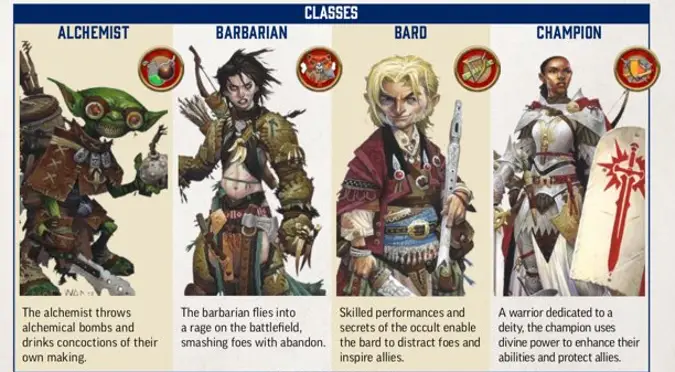
Classes and Archetypes
This does end up with Classes feeling a bit more like scaffolding for Feats this time around. So many of the features of a class are class feats, and you choose which ones you want as you go, so that there’s a continuity of effect but not a predetermined path. This is where Pathfinder 2nd Edition gets into some of its most complex fiddling around, and the Archetype system I mentioned before can make it even more so — this is the aspect of the game that has me feeling like it’s less beginner friendly. Then again, a beginner is going to be level 1, and trust me, there’s only so much trouble you can get into at level 1. With the way multi-classing relies on Archetypes, your choice of a class does feel meaningful here in a way it didn’t in other versions of the game. You start as a Sorcerer, and even if you take the Champion Dedication feat and really lean in to the Champion Archetype, you still feel like a Sorcerer — admittedly, one who can wear heavy armor and use a sword and shield, but still a Sorcerer.
I really, really like how Classes and Archetypes can be used to really hone in on a character concept in Pathfinder 2nd Edition. It reminds me very much of how Conan in the stories is absolutely a Barbarian, yes — but he also clearly learned how to be a thief in his younger days and later in life spent a lot of time fighting as a sellsword and even a pirate, meaning that you could easily imagine starting off with the Barbarian class, then taking the Rogue Dedication and later the Fighter Dedication feats. It’s a fun way to represent how sometimes, no one class is enough to create the character you want to play.
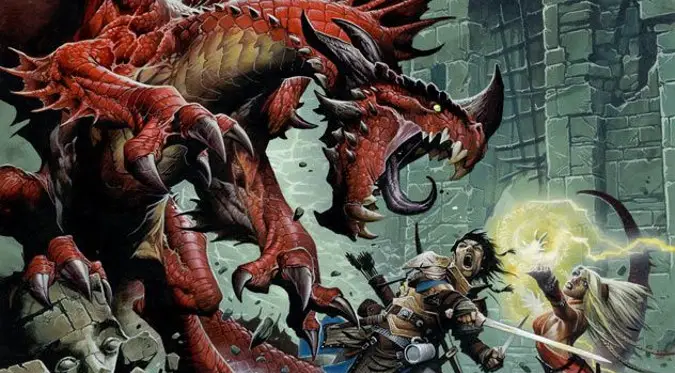
How to do what you do
I haven’t even talked about the action economy with its three actions per round, or how they differ — a change that makes combat a lot more fluid especially at higher levels — nor have I discussed the different modes of game play such as Exploration, Encounter, and Downtime that aren’t new. We’ve been doing this in RPGs for years, but it’s a really solid way to explain the difference between when you’re rolling initiative and getting ready to hurt someone and you’re in town selling off loot and pursuing your own private agenda. This book is big at 642 pages, although a lot of that is magic — the spells are reorganized into 10 levels plus cantrips, and the way spells work with the action economy is very interesting, but I’d seriously be writing this review for another 1400 words if I tried to cover it all. I think I prefer Pathfinder 2nd Edition‘s handling of magic and spells but I definitely want more time with it before I make that judgement.
The book is gorgeous, by the by. Beautifully laid out, great art, sturdy as heck. There’s a lot I’m not getting to here, so I encourage you to go check it out for yourself.
So the final verdict — Pathfinder 2nd Edition is a fun and flexible system that rewards your desire to come up with your own character concept and really follow it, it has a streamlined combat system and a more internally consistent magic system than its first edition predecessor did, and in general, I really like it. I recommend picking it up, if you can. It may not be the best for beginning players, but it’s really not as complex as some have made it sound — a lot of the flexibility unfolds as you progress, and while there are a solid amount of options when you first make a character, it’s not so many as to be daunting.
Please consider supporting our Patreon!
Join the Discussion
Blizzard Watch is a safe space for all readers. By leaving comments on this site you agree to follow our commenting and community guidelines.
 @MatthewWRossi
@MatthewWRossi



